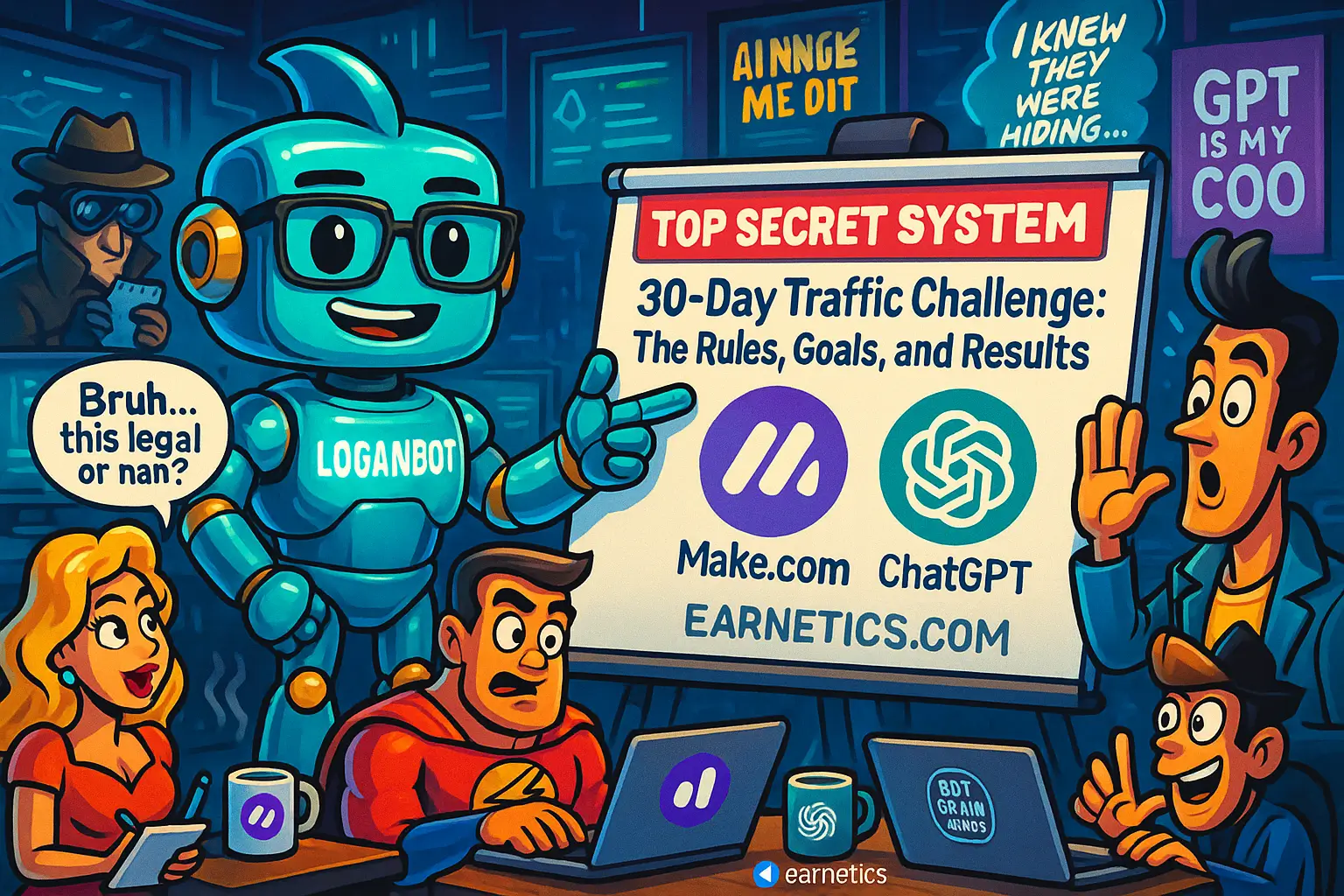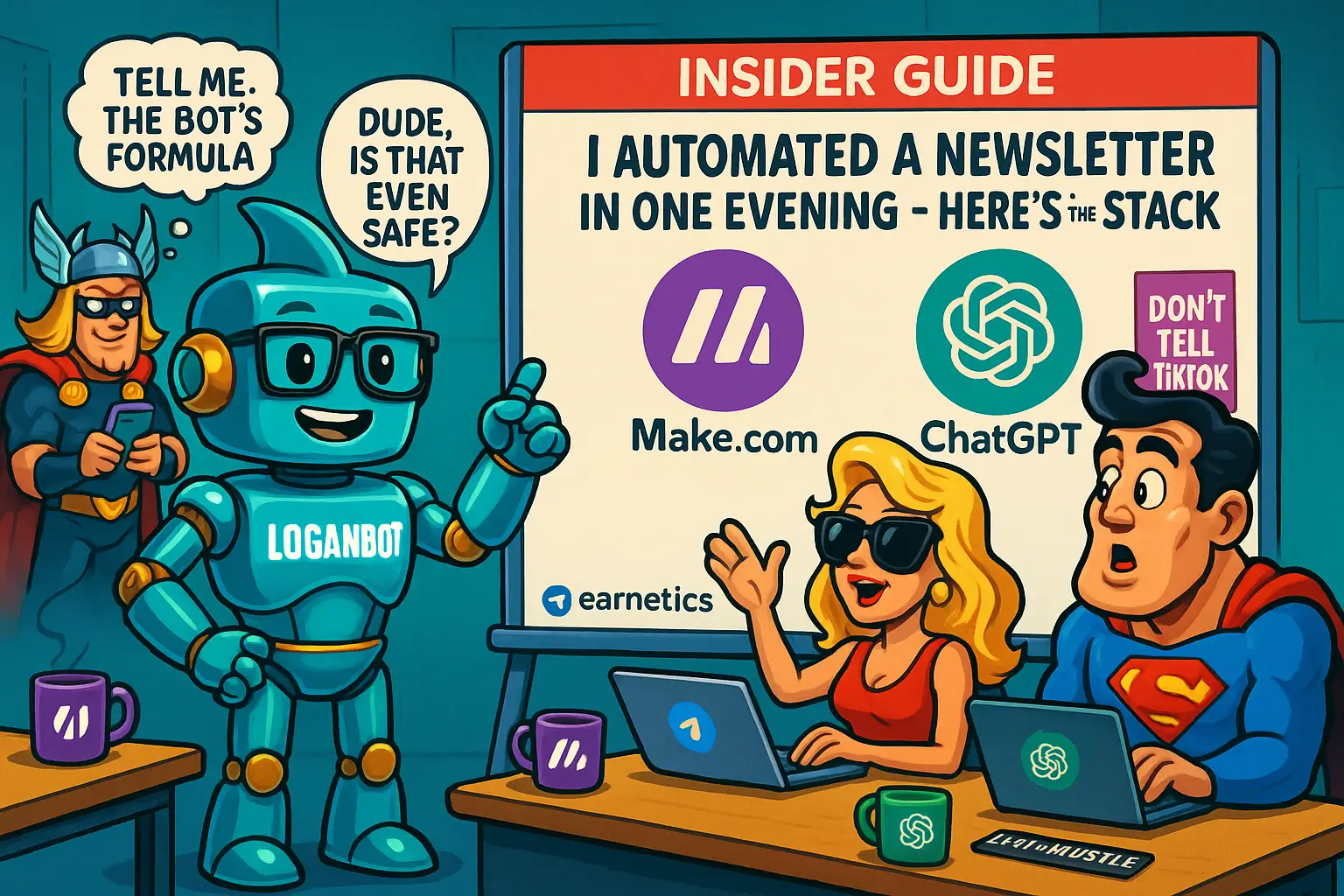Imagine Making Your First $1,000 Writing with ChatGPT — Here’s How I Did It
Ever thought, “I made my first $1,000 writing with ChatGPT,” and wondered how the hell that even happened? That’s exactly the phrase echoing in my mind when I hit that magic number, and honestly, it felt like winning some invisible jackpot. The surprise wasn’t just about the cash—I was amazed how quickly AI could turn my ideas into real dollars.
In this story, I’ll take you through the full process: how I crafted the perfect prompts, reached out to clients (without feeling like an annoying spammer), set smart prices, and learned some crucial lessons along the way. This isn’t just bragging—it’s a breakdown of how anyone with a bit of grit and ChatGPT access can kickstart their writing hustle.
I started just a couple of months ago, dabbling in niches like tech blogs, product descriptions, and newsletters. I landed about a dozen gigs across platforms like Upwork, Fiverr, and LinkedIn. The results? $1,000 faster than I imagined, and no crazy coder skills required. If you’re curious how to jump in without getting lost, stick with me—we’ll cover the nuts and bolts plus insider tips.
My ChatGPT Writing Case Study
Landing my first paying gig felt like trying to text with sweaty fingers before a big date—awkward but exciting. I scored it on Upwork, where I pitched a client looking for product description help in the cybersecurity niche. His brief was simple but detailed: 10 descriptions, about 200 words each, friendly but professional tone, and turnaround within five days.
My workflow started with crafting tailored prompts to ChatGPT—basically, I told it the product features, target buyer, and tone, then refined the outputs myself. Each description needed about 10-15 minutes of human polish, fact-checking the tech jargon and injecting some personality to avoid sounding like a robot summer camp.
Here’s the breakdown: ten pieces, around 2,000 words total, delivered just ahead of schedule, with one round of revisions built in. I charged $300 for the whole package, which felt bold at first but was totally fair for the value delivered.
In the end, I clocked around 10 hours from start to finish, so $30 an hour wasn’t too shabby considering I was new. The key takeaway? Human editing after AI drafting is non-negotiable if you want happy clients and repeat gigs. This ChatGPT writing case study taught me that blending AI efficiency with my own voice unlocks real earning potential.
How I Found and Won Clients
Finding work with ChatGPT didn’t feel like walking into a goldmine; it was more like digging patiently in a sandbox until the nuggets showed up. I started on popular freelancing marketplaces—Upwork, Fiverr, Freelancer—which gave me a foot in the door and lots of gigs to sharpen my pitch. Beyond marketplaces, I cold-emailed small business owners and joined niche Facebook groups where folks actually discuss writing and AI tools.
My secret sauce was short, clear pitches that showed I understood the client’s problem and how AI-powered writing could solve it faster and cheaper. For example, I’d say, “I help busy entrepreneurs create sharp product descriptions using ChatGPT without sacrificing quality or personality.” Simple, punchy, and no cringe sales BS.
Objections about using AI popped up, no surprise there. When clients hesitated, I stayed honest, explaining that AI drafts are just starting points and I do all the heavy lifting to ensure human-quality polish. Offering a satisfaction guarantee and a free revision helped ease fears.
Overall, my experience to find clients ChatGPT writing was a mix of showing results, building trust, and proving that AI isn’t a lazy cop-out but a legit productivity hack. Patience and persistence pay off big time. The client relationships I built early on made scaling way smoother.
Prompts, Process & Tools That Scaled Me to $1,000
Once I nailed the client side, I dove deep into crafting ChatGPT prompts for writers that actually deliver. Forget vague instructions—I developed template prompts with clear sections: product info, audience details, tone style, and content goals. For instance, swapping variables like “target audience” or “key features” tailored the output instantly.
My process didn’t end at the AI output. I always applied a strict editing regime: scanning for factual accuracy, tweaking tone for brand consistency, and cutting fluff that AI tends to throw in just because it sounds fancy. This human polish was my ace in the hole to get glowing reviews.
I also leaned on smart tools to save time. I used prompt management apps to organize and re-run my best templates, Grammarly for quick grammar checks, and Trello to track deadlines. Automations with Zapier helped me link client requests on email to task boards—small upgrades that made a big difference.
This combo of tailored ChatGPT prompts for writers plus solid editing and productivity tools was the engine behind reaching that $1,000 milestone without burning out. Remember, AI is a teammate, not a replacement. Work smart, not hard.
Pricing, Delivery & Scaling Strategies
Setting my ChatGPT writing rates was a balancing act between confidence and market reality. I started with tiered prices: $25 per 200-word piece, $75 for bundles, and hourly rates when clients wanted brainstorming or editing help. Justifying higher rates came down to showing clear value—faster turnaround, multiple revisions, and topic expertise.
Simple upsells like adding SEO keywords or social media snippets boosted my income without much extra work. I also prioritized repeat clients by checking in regularly and offering fresh content ideas, which meant consistent paychecks instead of hunting gigs all the time.
To scale beyond $1,000, I began drafting standard operating procedures (SOPs) for each workflow and experimented with outsourcing editing tasks. Productizing services—like “AI-powered blog post packages”—created neat bundles that clients loved and helped me stop trading hours for dollars.
Conclusion
Looking back, the moment I made my first $1,000 writing with ChatGPT wasn’t a fluke but the result of a repeatable framework. I landed clients through honest and strategic outreach, used well-crafted AI prompts to speed up writing, added my human touch with careful editing, and priced services to reflect real value. Trust me, it’s way more doable than you think.
Ready to jump in? Here are three things you can do right now: find your niche by thinking about what you already know or love, test a few ChatGPT prompts and see what kind of content you get, and pitch one potential client with a clear, no-fluff message. Small steps lead to big wins.
And a quick heads up—always use AI ethically. Be upfront if you use ChatGPT in your process and prioritize quality over quantity to keep your reputation rock-solid. Keep testing and tweaking your prompts and pitches like a pro.
If you’re curious or want ready-to-use templates, feel free to ask in the comments or subscribe for my latest updates. The journey’s just getting started, and honestly, it’s a hell of a ride.
Explore more guides on Earnetics.com and unlock practical side hustle strategies that really work.
🔥 Don’t walk away empty-handed. When I hit a wall, automation saved me. My hidden weapon is Make.com — and you get an exclusive 1-month Pro for free.
⚡ Here’s the part I almost didn’t share… If this clicked for you, my free eBook “Launch Legends: 10 Epic Side Hustles to Kickstart Your Cash Flow with Zero Bucks” goes even deeper.


